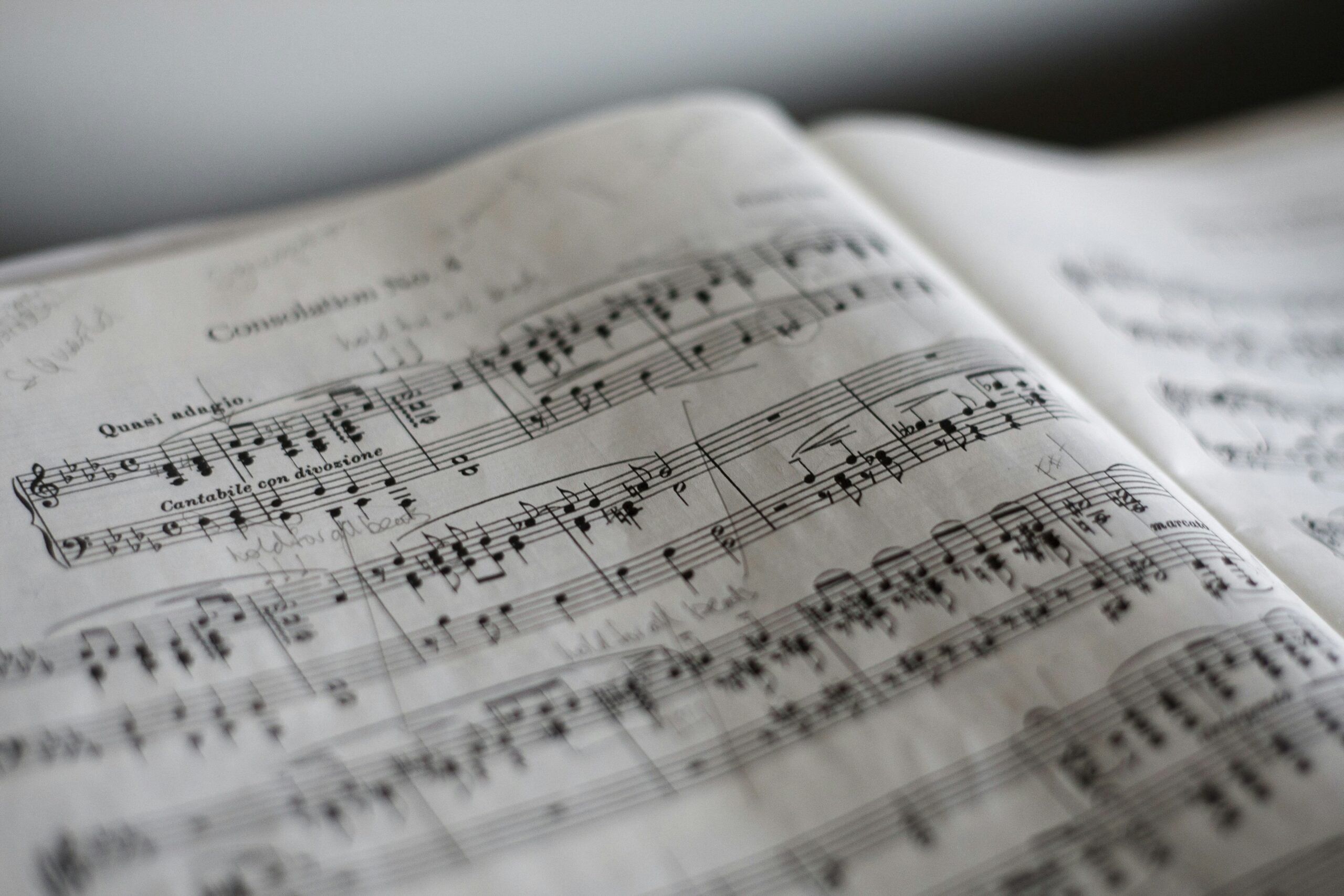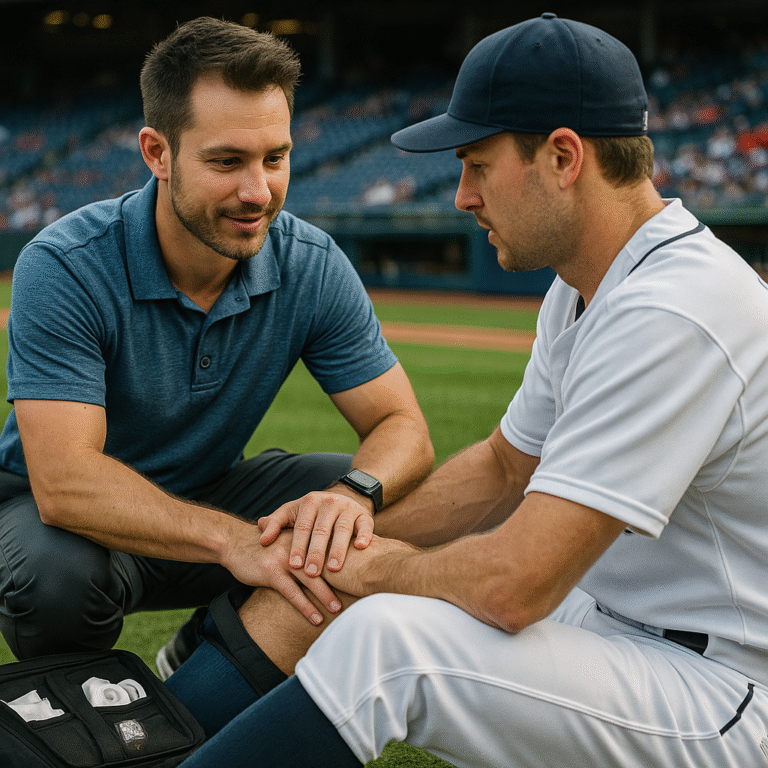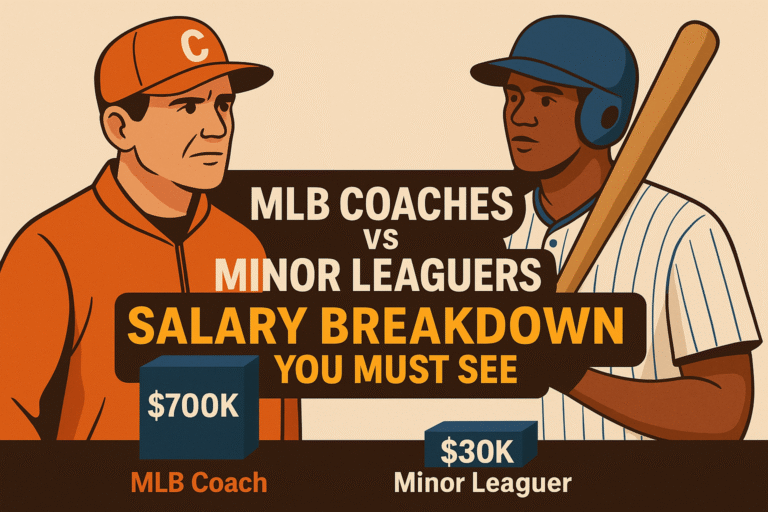
The First Instrument: How Humans Used Their Voices to Create Music
How Was Music Invented?
One individual or period of time did not create music. Rather, it developed over thousands of years as a result of a confluence of human curiosity, natural sounds, and tool development. This is a summary of how it all started:
- Natural Sounds: The natural world, with its sounds of birdsong, wind, and animal snarling, surrounded early humans. These noises were probably among the earliest examples of “music” that people heard.
- Imitation of Sounds:Humans began to mimic these natural sounds, probably by banging sticks and rocks together or by speaking. This served as a means of communication or just to experiment with sound.
- The Human Voice: The human voice was the first instrument. It was used for more than just conversation; people would sing or chant, frequently in a melodic or rhythmic manner, to convey messages, tell tales, or express emotions.
- Primitive Instruments: Early humans started creating basic tools over time. Among the earliest were drums, which were made from animal hides or hollowed-out logs. Then came wind instruments, including the first wooden or bone flutes.
- Music as Communication: Music was used for more than just amusement; it was essential for religious ceremonies, celebrations, communication, and commemorating important life events. It made it easier for people to communicate feelings that words couldn’t adequately express.
- The Development of Theory and Notation: Music changed as societies grew more complex. In order to transmit and preserve music for future generations, the ancient Greeks created musical scales and recorded it.
- Advancement in Technology: Modern technological advancements such as the phonograph, radio, and digital recording have made music accessible to a worldwide audience. These developments further shaped the evolution of music by making it easier to share.
Music: From Origins to Modern Times
After learning about the origins of music, let’s examine how it developed into the rich and varied art form that it is today. Music has a fascinating history that begins with its invention. After learning how to produce sound, people started experimenting and eventually developed a variety of styles, instruments, and genres.
From Communication to Creation
Originally, music was a means of communication. Despite lacking the technology to write down their stories, early humans were able to transmit knowledge, tell stories, and even document history through song thanks to music. Music served both an emotional and utilitarian function, whether it was chanting during a hunt, dancing during a celebration, or singing to commemorate the death of a loved one.
However, music soon transcended ceremony and survival. It evolved into a kind of creation. Music became more structured as people began to comprehend melody and rhythm. The concept of scales, or particular note patterns, emerged, along with the capacity to produce more aesthetically pleasing music. This was greatly aided by the ancient Greeks, who created the idea of harmony and early music theory.
The Rise of Instruments
Of course, the evolution of music was greatly influenced by instruments. One of the earliest and most widely used instruments was probably the drum. It’s simple to imagine early humans making a beat by pounding rocks together or stretching animal hides across logs. These tones served as the basis for rhythm, which is still a key component of all music today.
Then came wind instruments, such as horns and flutes. In addition to rhythm, these instruments made it possible to create melody. Imagine being able to create a sound other than a thud or bang by blowing into a reed or bone that has been hollowed out. It was a turning point in the history of music.
The next step was the introduction of stringed instruments, such as the harp and lyre, which opened up even more musical possibilities. As civilizations like the Greeks and Egyptians improved their designs and invented new ones, instruments grew increasingly complex.
Music in Culture and Religion
Music became increasingly intertwined with culture and religion as societies expanded and changed. It is impossible to overestimate the importance of music in ceremonies and rituals. For instance, music was used to commemorate significant life events and to honor gods and goddesses in ancient Egypt. The Greeks, who held music festivals and public performances, also considered music to be an integral part of their culture.
Music was not reserved for special events or the affluent. From the simple folk songs sung by peasants to the intricate compositions performed by courts and temples, it became ingrained in daily life. As various cultures created distinctive styles based on their environments, values, and beliefs, the diversity of musical forms grew.
The Written Word and Music
The invention of written notation marked the next significant advancement in music. The first form of musical notation, which made it possible for music to be recorded, transmitted, and performed by others, is frequently attributed to the ancient Greeks. This was revolutionary because it made it possible to preserve music for future generations in the same way that written language had done for literature.
Eventually, this notation system developed into the contemporary musical notation system that we currently employ. Writing music facilitated the creation of increasingly intricate compositions and contributed to the international dissemination of music, resulting in the formation of a common musical culture.
The Modern Age of Music
In the present day, music has advanced to previously unheard-of heights of creativity and accessibility. While the 20th century saw advancements in recording technology, the Industrial Revolution brought new instruments. The way people listened to and shared music with the world was revolutionized by the phonograph, radio, and, eventually, the internet.
Once a personal and local experience, music has expanded globally. A fusion of styles and the development of new genres resulted from the influence of artists and genres from all over the world. All of these genres—jazz, rock, hip-hop, classical, and electronic—have different origins, but they are all rooted in the human need to create and express themselves through sound.
Music Today: A Universal Language
Music is more than just a kind of art or a way to kill time these days. It is a language that cuts across boundaries, cultural differences, and linguistic barriers. We have a strong emotional connection to music. Whether it’s a straightforward rhythm, an intricate symphony, or an infectious pop tune, music still fulfills many of the same purposes that it did thousands of years ago: to connect, communicate, and express.
The idea that something as universal and influential as music began with basic sounds—natural noises that people eventually learned to imitate, modify, and perfect—is amazing. Music has always been a reflection of humanity itself, from those early, primitive beats to the complex compositions we hear today: a means of expressing emotion, telling stories, and bringing
- $10K/Month Baseball Academy? Setup & Revenue Blueprint - August 1, 2025
- Baseball Data Jobs Are Booming — Heres What They Pay - July 30, 2025
- Dream Baseball Job? Become a Sports Therapist in 2025 - July 29, 2025








